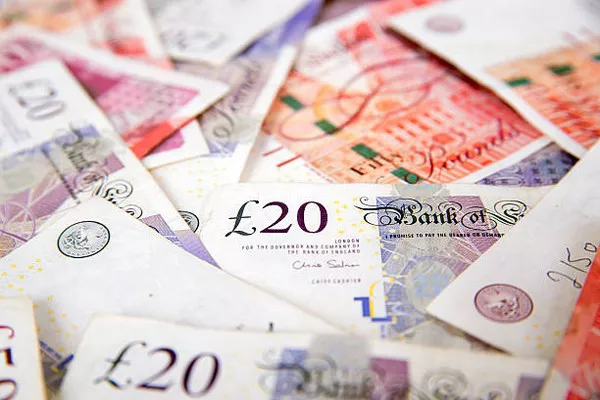The British pound (GBP) rose above the 1.2700 round-figure resistance on Wednesday after the Office for National Statistics (ONS) reported an expected decline in price pressures in May. The UK’s annual headline inflation rate returned to the central bank’s 2% target from 2.3% in April, the first time in more than three years. Over the same period, the core consumer price index (CPI), which excludes volatile food and energy prices, fell to 3.5% from 3.9% previously.
Monthly headline inflation rose steadily by 0.3%, but below expectations for 0.4%. The report also showed that the annual producer price index (PPI) of core output rose sharply by 1.0% in May, compared with a 0.3% increase in the previous month.
Despite the annual headline CPI falling to 2%, Bank of England (BOE) policymakers may not easily discuss an early rate cut as annual services inflation has barely decelerated. At 5.9%, services inflation was slightly lower than the previously reported 6.0%, but almost double the inflation rate needed to curb price pressures.
The next trigger for the pound will be the Bank of England’s monetary policy decision on Thursday. The BoE is widely expected to keep interest rates unchanged at 5.25%. Therefore, investors will be watching for a split vote and new clues on when the BoE will start cutting rates.


